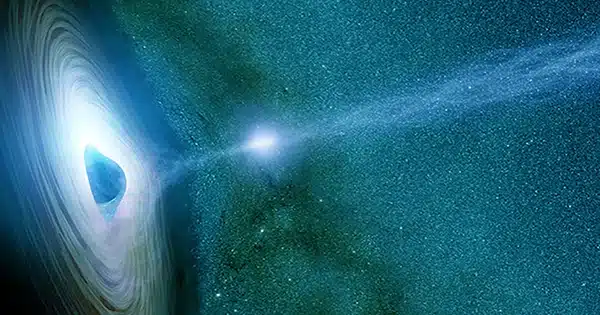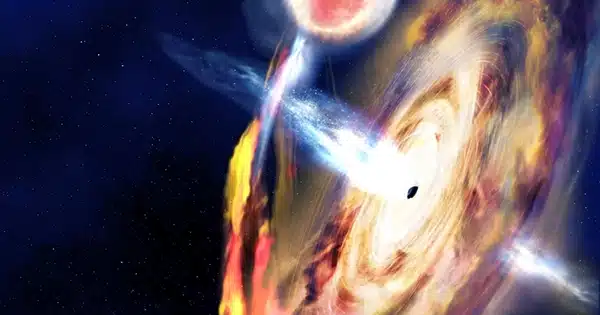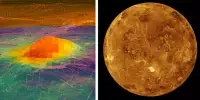In a lab, Imperial College researchers constructed a spinning disk of plasma, simulating disks observed near black holes and producing stars.
The experiment better models what happens in these plasma disks, which could aid researchers in understanding how black holes develop and collapsing stuff generates stars.
As matter approaches black holes, it heats up and transforms into plasma, a fourth state of matter composed of charged ions and unbound electrons. It also begins to revolve, forming what is known as an accretion disk. The revolution creates a centrifugal force that pushes the plasma outward, which is balanced by the black hole’s gravity pulling it in.
These incandescent rings of orbiting plasma raise a problem: how does a black hole expand if the material remains in orbit rather than plunging into it? The dominant theory holds that instabilities in the plasma’s magnetic fields produce friction, forcing it to lose energy and sink toward the black hole.

The major method of testing this has been to spin liquid metals and see what occurs when magnetic fields are introduced. However, because the metals must be kept within pipelines, they do not accurately resemble free-flowing plasma.
Imperial University researchers have now utilized their Mega Ampere Generator for Plasma Implosion Experiments (MAGPIE) machine to spin plasma in a more accurate simulation of accretion disks. Details of the experiment are published May 12 in the journal Physical Review Letters.
Accelerating plasma
Dr. Vicente Valenzuela-Villaseca, the study’s first author, completed his Ph.D. at the Department of Physics at Imperial. According to him, “understanding how accretion disks behave will not only help us reveal how black holes grow, but also how gas clouds collapse to form stars, and even how we might be able to better create our own stars by understanding the stability of plasmas in fusion experiments.”
The scientists used the MAGPIE machine to accelerate and smash eight plasma jets, resulting in a spinning column. They noticed that the closer they got to the inside of the spinning ring, the quicker they moved, which is a common feature of accretion disks in the cosmos.
MAGPIE generates brief plasma pulses, implying that only one disk rotation was conceivable. This proof-of-concept experiment, on the other hand, demonstrates how the number of rotations may be increased with longer pulses, allowing for greater characterization of the disk’s properties. A longer experiment run time would also allow magnetic fields to be used to assess their effect on system friction.
“We are just at the beginning of being able to look at these accretion disks in whole new ways, including our experiments and snapshots of black holes with the Event Horizon Telescope,” Dr. Valenzuela-Villaseca stated. These will allow us to put our theories to the test and determine if they match up with astronomical observations.”
















